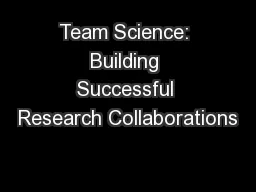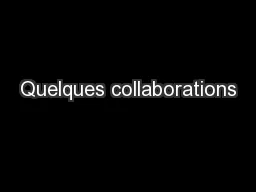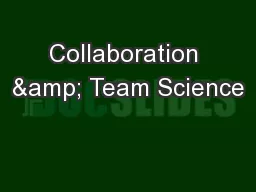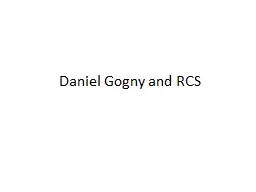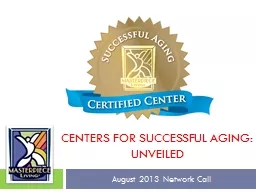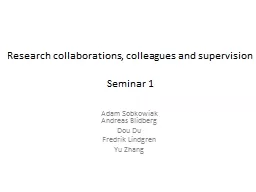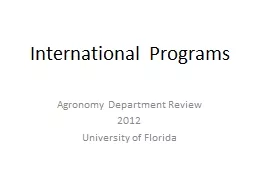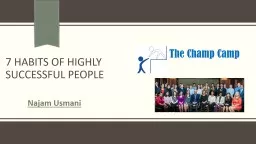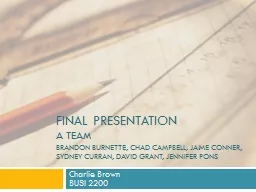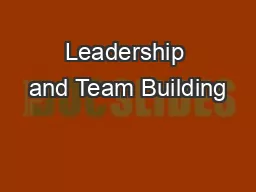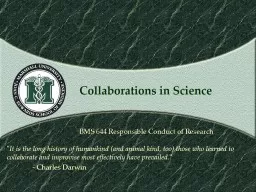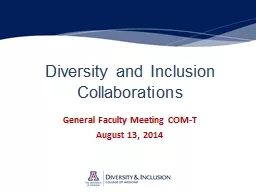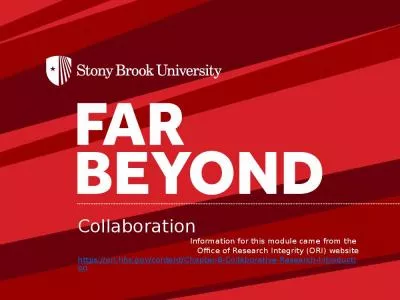PPT-Team Science: Building Successful Research Collaborations
Author : luanne-stotts | Published Date : 2018-12-18
L Michelle Bennett PhD Deputy Scientific Director NHLBI NIH Howard Gadlin PhD Ombudsman OD NIH University of Iowa January 2013 What Brought Us Here Interested
Presentation Embed Code
Download Presentation
Download Presentation The PPT/PDF document "Team Science: Building Successful Resear..." is the property of its rightful owner. Permission is granted to download and print the materials on this website for personal, non-commercial use only, and to display it on your personal computer provided you do not modify the materials and that you retain all copyright notices contained in the materials. By downloading content from our website, you accept the terms of this agreement.
Team Science: Building Successful Research Collaborations: Transcript
Download Rules Of Document
"Team Science: Building Successful Research Collaborations"The content belongs to its owner. You may download and print it for personal use, without modification, and keep all copyright notices. By downloading, you agree to these terms.
Related Documents

